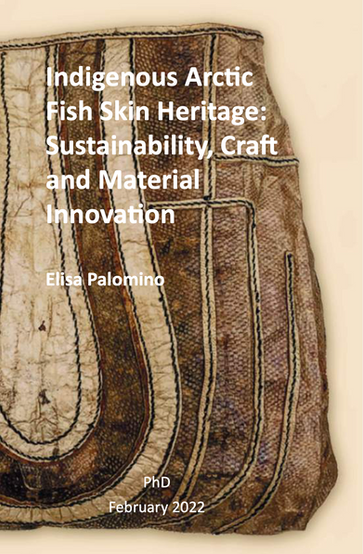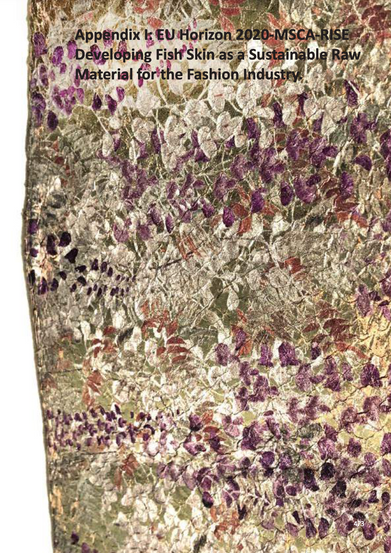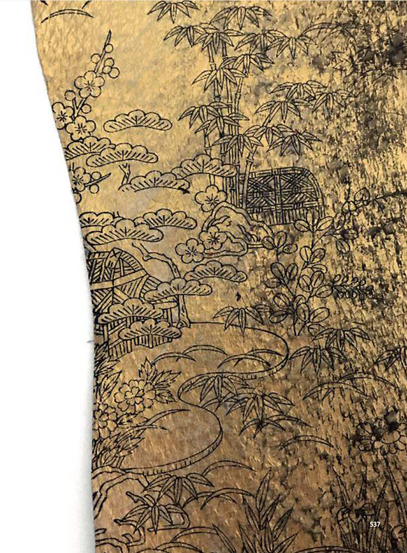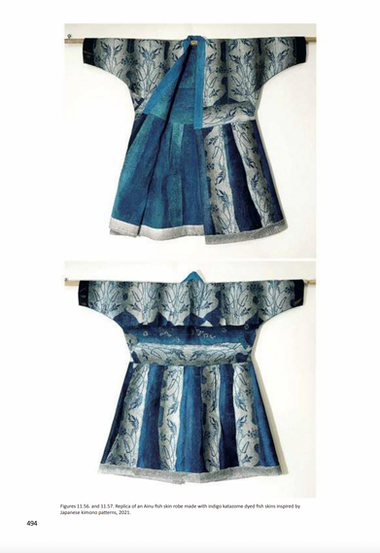Participants:
IIT - Italian Institute of Technology (IIT), Marta Fadda, Athanassia Athanassiou, Giovanni Perotto
We are inviting you to have a look at the photo in our post from March 6, 2023 and see how fish leather, which paradoxically is not naturally hydrophobic - becomes one. Now, proudly, the full article"Water resistant fish leather: a fully sustainable combination of discarded biomass and by-products of the food industry" is available in Green Chemistry of the Royal Socity of Chemistry.
Link to the open access full articl
Elisa Palomino's (UAL) PhD thesis was successfully submitted February 2022.
The work covers a wide range of subjects related to the use of fish skin, with an appendix dedicated to the work Elisa did while being a researcher in FISHSkin EU Horizon 2020-MSCA-RISE project; see page 473 for the detailed work done as part of the project.
Elisa Palomin (UAL), Katrin Káradóttir (IUA), Lotta Rhame, Joseph Boon
Published in: Around the Campfire – Resilience and Intelligence, Cumulus Conference Rovaniemi.
Elisa Palomin (UAL), Joseph Boon
Published in: Textiles, Identity and Innovation: In TouchProceedings of the 2nd International Textile Design Conference (D_TEX 2019), June 10, 2020.
Elisa Palomino (UAL), Gustavo Defeo (ArsT)
Published in: 'Design Research for Change' (DR4C) symposium at the Design Museum, London, UK.
Elisa Palomin (UAL), Katrin Káradóttir (IUA), Edwin Phiri (UAL)
Published in: International Foundation of Fashion Technologies Institutes. IFFTI conference. Kent, Ohio USA.
Elisa Palomin (UAL), Katrin Káradóttir (IUA)
Published in: In Fashion: Culture, Commerce, Craft, and Identity.






























